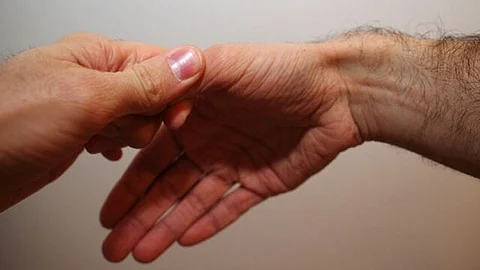By Philip Young
De Quervain’s tenosynovitis — a painful inflammation of the tendons on the thumb side of the wrist — often begins subtly, perhaps as a mild ache during certain motions. But over time, this discomfort can escalate, making simple everyday actions like gripping a coffee mug, turning a doorknob, or lifting a child feel unusually painful. Even routine gestures like scrolling on a phone or typing can become aggravating.
What causes it? In many cases, it's repetitive use — particularly motions involving pinching or twisting — that leads to irritation and inflammation in the tendon sheath. However, other factors such as hormonal shifts (especially during pregnancy or postpartum), inflammatory conditions, or direct injury can also trigger the condition.
While some severe or chronic cases require corticosteroid injections or even surgery, many individuals find relief through early-stage self-care. When addressed promptly, a combination of rest, support, and gradual rehabilitation can often stop the condition from progressing.


